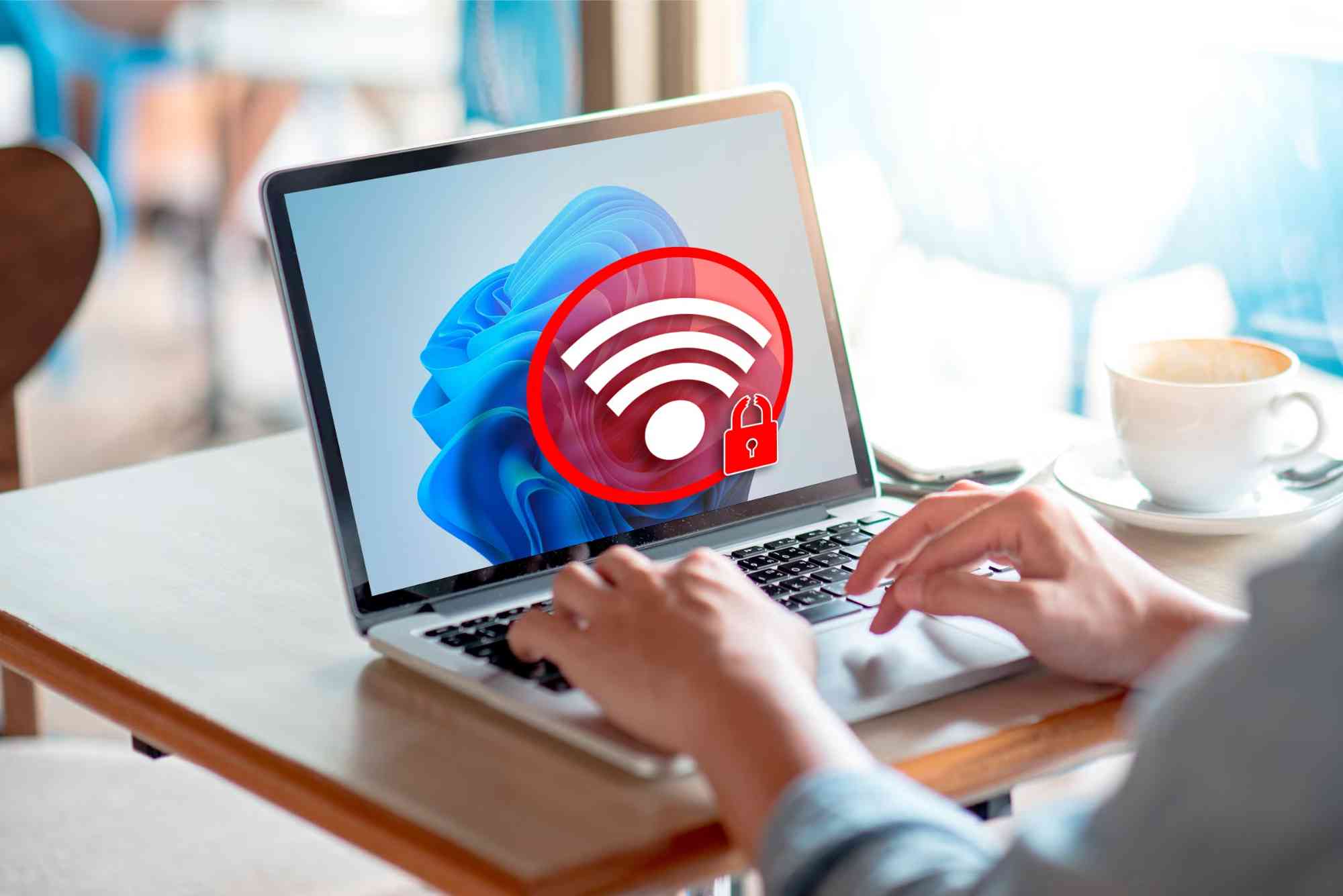How to Fix Mobile Hotspot Connected But No Internet
Have you ever connected your device to a mobile hotspot only to see “connected but no internet”? It’s one of the most frustrating issues, especially when you rely on your phone’s hotspot for work, study, or entertainment. The good news is that it’s usually easy to fix. This detailed guide will help you understand why your hotspot connection fails to provide internet and how to fix it quickly using proven methods that work on Android, iPhone, and Windows.
Whether your mobile data is on but the hotspot won’t share it, or your laptop connects but shows “no internet,” the following solutions will help you get back online in no time.
Why Does the Mobile Hotspot Say “Connected But No Internet”?
Before jumping to solutions, it’s important to understand what causes this issue. When your device connects to a hotspot but can’t browse, the problem can lie either in the host device (the one sharing the hotspot) or the receiving device (the one using the hotspot).
Common reasons include incorrect network settings, software glitches, outdated drivers, or carrier restrictions. Sometimes, the hotspot works, but mobile data is weak or restricted by your plan. Knowing the root cause makes it easier to fix mobile hotspot no internet problems effectively.
Check Your Mobile Data Connection
The first step is to ensure that your phone has an active and stable internet connection. If your mobile data itself isn’t working, your hotspot won’t share anything.
Test Internet Access on the Hotspot Device
Turn off the hotspot and open a browser on your phone. Try loading a webpage or a video. If it doesn’t load, your mobile data is the problem. Try turning Airplane Mode on and off or resetting your network connection.
Switch Between 4G and 5G
Sometimes, unstable 5G connections can cause this issue. Switching temporarily to 4G can stabilize your data and help the hotspot work properly.
Verify Data Limits
Many carriers restrict mobile hotspot data separately from your main data plan. Check your carrier’s app or website to ensure you haven’t exceeded your hotspot allowance.
Restart Both Devices
This simple step can resolve many connectivity issues. Restart the phone sharing the hotspot and the device connected to it. Rebooting clears temporary cache and network errors, often restoring internet access instantly.
Forget and Reconnect to the Hotspot
If you’ve been connecting to the same hotspot for a long time, saved settings may have become outdated. Forget the network on your device and reconnect.
How to Forget a Network
On Android or Windows, open your Wi-Fi settings, find the hotspot name, tap “Forget,” and reconnect by entering the password again. On iPhone, go to Settings > Wi-Fi, tap the (i) icon beside the hotspot, and choose “Forget This Network.”
This simple refresh can often fix mobile hotspot no internet problems without deeper troubleshooting.
Reset Network Settings
If restarting and reconnecting didn’t help, resetting network settings is your next option. This clears all saved Wi-Fi networks, VPNs, and Bluetooth connections and resets network configurations to factory defaults.
On Android
Go to Settings > System > Reset options > Reset Wi-Fi, mobile & Bluetooth.
On iPhone
Open Settings > General > Transfer or Reset iPhone > Reset > Reset Network Settings.
Once done, reconnect to your hotspot and check if the internet works.
Check for Carrier Restrictions
Some mobile carriers limit hotspot use on certain plans. Even if you have unlimited data, your plan might throttle or block tethering. Contact your provider or check their support page to verify if hotspot use is allowed.
In some cases, updating your plan or enabling hotspot sharing through official settings can resolve this. For reliable connectivity and high-speed data, consider exploring Dhanote Internet Services for consistent and affordable network solutions.
Update System Software and Drivers
Outdated software can cause network compatibility issues. Both the host and connected devices should be up-to-date.
For Phones
Go to your system settings and check for updates. Android and iOS regularly release patches that fix network-related bugs.
For Laptops
Ensure your Wi-Fi adapter drivers are current. On Windows, open Device Manager > Network adapters > right-click your adapter > Update driver.
An outdated driver can easily prevent your device from obtaining internet through a hotspot.
Disable Battery Saver and Data Saver Modes
Power-saving and data-restriction features can interfere with hotspot performance.
On Android
Go to Settings > Battery > Battery Saver and disable it. Then check Settings > Network & Internet > Data Saver and ensure it’s turned off.
On iPhone
Open Settings > Battery and turn off Low Power Mode. Also, disable Low Data Mode under your Wi-Fi or mobile data options.
Disabling these features ensures that your device doesn’t block background data required for hotspot functionality.
Change the Hotspot Band
Modern smartphones allow you to choose between 2.4GHz and 5GHz bands for hotspot connections. Some devices may not support 5GHz networks, causing connectivity issues.
Switching to 2.4GHz can enhance compatibility and range, while 5GHz offers faster speeds for supported devices.
To change the band, open your phone’s hotspot settings and look for an option like “AP Band” or “Hotspot Frequency Band.” Select 2.4GHz and reconnect your devices.
Use a Static IP Configuration
If your device connects but doesn’t get internet, it might be due to incorrect IP settings. Setting a static IP can fix this.
On Windows, go to Wi-Fi settings, select your hotspot network, and edit IP settings to “Manual.” Enter an IP address like 192.168.1.100, subnet mask 255.255.255.0, and gateway 192.168.1.1. Save and reconnect.
This ensures your device communicates correctly with the hotspot.
Disable VPN and Firewall
If you’re using a VPN on either device, try turning it off. Some VPNs restrict shared connections. Similarly, a firewall or antivirus program might be blocking your hotspot traffic. Disable them temporarily to test the connection.
Once confirmed, adjust the settings to allow hotspot sharing while keeping your protection active.
Check for APN Configuration Issues
Your Access Point Name (APN) settings determine how your phone connects to your carrier’s network. Incorrect APN configurations can cause data sharing issues.
To check, go to Settings > Network & Internet > Mobile Network > Access Point Names. Compare the details with your carrier’s official APN settings, available on their website or by contacting support.
Correcting APN details can instantly fix mobile hotspot no internet errors.
Use Command Prompt (Windows Fix)
If you’re connecting a laptop to your hotspot, some network issues can be resolved via Command Prompt.
-
Type “cmd” in the Windows search bar and run as Administrator.
-
Enter the following commands one by one:
-
netsh winsock reset -
netsh int ip reset -
ipconfig /release -
ipconfig /renew -
ipconfig /flushdns
-
Restart your computer after running these commands. This resets your network stack and clears DNS issues that may block internet access.
Try USB or Bluetooth Tethering
If Wi-Fi hotspot still doesn’t work, you can share your phone’s internet using USB or Bluetooth tethering. These methods are often more stable and faster than Wi-Fi in areas with interference.
USB tethering provides a direct wired connection, ensuring minimal packet loss, while Bluetooth tethering works well for quick browsing.
Factory Reset as a Last Resort
If all else fails, and the problem persists across multiple devices, consider a factory reset. Backup your data first, as this erases everything.
This step removes deep software conflicts and restores your phone to its original state, often resolving stubborn connectivity issues.
How to Prevent Hotspot Internet Problems
To avoid facing this issue repeatedly, follow these tips:
-
Keep your phone and connected devices updated.
-
Use strong network passwords.
-
Avoid connecting too many devices simultaneously.
-
Regularly clear your device’s cache and restart it.
-
Monitor data limits and avoid background-heavy apps.
Following these practices ensures stable and reliable hotspot connections every time.
Experiencing a “mobile hotspot connected but no internet” issue can be frustrating, but the solutions are often straightforward. From checking mobile data to resetting network settings or updating drivers, most problems can be resolved in minutes. Maintaining regular updates, using compatible hotspot bands, and keeping your data settings optimized will prevent future disruptions.
If you need a more stable and faster connection for home or business use, consider switching to Dhanote Internet Services for reliable, high-speed, and affordable internet that keeps you connected anytime, anywhere.
FAQs
Why does my hotspot say connected but no internet?
This usually happens due to mobile data issues, incorrect settings, or weak network signals. Restarting devices or resetting network settings often fixes it.
How can I fix hotspot connected but no internet on Android?
Ensure mobile data is active, reset network settings, and try switching the hotspot band to 2.4GHz. Also, check your carrier’s data restrictions.
Why is my laptop connected to my phone’s hotspot but not browsing?
The issue could be due to outdated Wi-Fi drivers or DNS problems. Run network reset commands in Command Prompt or update your drivers.
Does VPN affect hotspot connectivity?
Yes, VPNs can block hotspot traffic. Disable your VPN temporarily to test if it’s causing the issue.
Can too many devices on a hotspot cause no internet?
Yes, multiple connections can overload your hotspot bandwidth, slowing or blocking internet access. Disconnect extra devices to stabilize performance.








